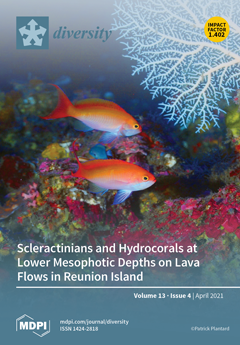Egypt is characterized by its hyper-arid desert environment with high temperature, scanty rainfall, high evapotranspiration rate, and patchy scattered precipitation-dependent vegetation. Located in this peculiar ecosystem, the northeastern part of the eastern desert occupies vast areas where this study was conducted. Despite some protection in this area, destruction of plant cover, soil erosion, and degradation of natural habitat are still occurring. Among the complex array of anthropogenic disturbances that directly affect species diversity, over-grazing, road construction, over-collection of plants, salinization, over-cutting, military activities, urbanization, and industrialization were encountered. The aim of this study was to assess the effect on long-lasting anthropopressure on the current floristic and ecological status of the unprotected area in comparison to the protected one. Two areas were chosen for detailed studies: protected (Wadi Degla; WD) and unprotected (Cairo-Suez road, SR). Fourteen soil variables were used to assess the soil–vegetation relationships in the two areas. An assessment of seven human activities (over-grazing, over-collection, introduced species, land degradation, urbanization, solid wastes, and military activities) was carried out at four levels of disturbance intensities. A floristic presence/absence data set of 25 plots × 56 species, including 14 plots for SR and 11 plots for WD, was employed in the analyses. The application of multivariate analysis techniques such as cluster analysis (for classification), indicator species analysis (ISA) and the multi-response permutation procedure (MRPP), canonical correspondence analysis (CCA), and redundancy analysis (RDA) for ordination were performed in the data analysis. Generally, a total of 85 plant species belonging to 68 genera and 30 families was recorded. Asteraceae, Chenopodiaceae, Fabaceae, Zygophyllaceae, Poaceae, Brassicaceae, and Geraniaceae were the largest families, constituting more than 50% of the total flora. Chamaephytes, therophytes, hemicryptophytes, and phanerophytes prevail in the life form spectrum. Chorological analysis showed that the Saharo-Arabian element, whether pure or combined with other chorotypes, dominated the current flora, whereas the Mediterranean chorotype was very poorly represented. Application of cluster analysis yielded eight vegetation groups: I–IV for the Cairo-Suez road, and V–VIII for Wadi Degla. This study indicated the disappearance of several plant communities that were previously of common occurrence such as
Retama raetam,
Anabasis articulata,
Ephedra alata,
Artemisia monosperma,
Zygophyllum decumbens,
Lasiurus hirsutus, and
Panicum turgidum. Partial CCA (pCCA) for the unprotected area revealed that most of the variance (45.7%) was attributed to the anthropogenic variables more than soil factors (14.5%). Like what was revealed in other unprotected areas, a clear relationship between anthropogenic pressure and habitat fragmentation was observed. Long-term, intensive human activities caused vegetation degradation, species loss, and a decline in plant richness. Hence, the highest species richness value was recorded in the protected area. Over-grazing, land degradation, and military activities were not correlated with the diversity indices, whereas over-collection of plant species, urbanization, and solid wastes were significantly negatively correlated with both α-diversity and the Shannon–Wiener index. Suitable protection measures should be taken to reduce the anthropogenic pressures in this ecosystem as well as some conservation programs and management plans should be implemented to save biodiversity.
Full article





